Internal Link Building
Internal link building is the act of linking one page on the same website to another for search engine optimization (SEO) and visitor conversion.
Though it appears basic and is often neglected for external link building, when used effectively, internal links can have a huge impact on your user experience, SEO success, and ultimately conversions.
In this article, we will discuss the importance of internal link building to your website’s overall performance (SERPs rank and conversions) and the steps to building an effective internal link structure for your domain.
You’ll also learn how to fix common internal link problems like orphan pages, broken links, and irrelevant internal linking.
What is the Goal of Internal Link Building?
Internal link building has three primary purposes:
- Internal linking helps visitors and search engine crawlers easily navigate your website, improving user experience and search engine indexing.
- Internal link building spreads link juice and page authority to other pages on your website.
- This process helps to define your website structure (hierarchy and architecture). This is vital for indexation and search engine ranking.
Navigation links are the backbone of your internal architecture. Whether in the header, footer, or sidebar, their structure determines how efficiently link equity flows and how easily users find key information. In our SEO audits, sites with straightforward navigation see up to 30-50% faster crawl frequency.
Internal Link Building Best Practices
Setting up an effective internal linking strategy requires adhering to specific best practices. But how you implement these guidelines will depend entirely on your website and specific goals.
That said, before we get started with how to set up an effective internal linking strategy, you need to ensure the following aspects are covered:
Write A Lot of Supporting Content
Internal link building is about connecting relevant pages on your website to one another. To do this, you need some form of content on your website to link to and from. So if you don’t yet have much content, that’s the first thing to do.
Create a Content Publishing Schedule
Internal linking requires not only quality links but also an adequate number of them. For example, a general rule of thumb is that you need 3 to 5 internal links per 2000 words.
So, for a 3000-word article, you’d need about 4-8 internal links.
If you do not have that number of relevant links for your content, you should create more relevant supporting content on your site.
With the above covered, let’s get started.
Siloing is Number One in Internal Linking
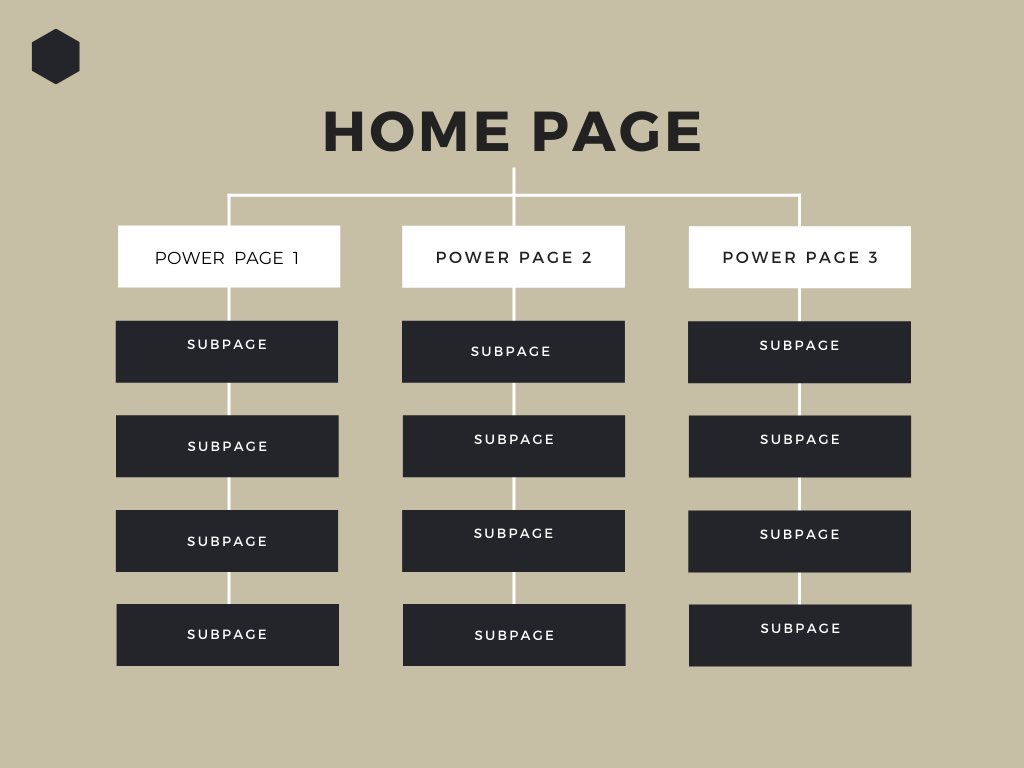
To understand effective internal link building, you have to view your website with a hierarchy chart in mind. At the top of the hierarchy is your most visited page.
This can be your homepage or the page that gets the most visitors.
Beneath this page are other important pages. Then, under these important pages, are others of lower importance.
These are usually content pages like a typical blog post.
Now, while hierarchy is the backbone of your internal link-building structure, the quality of your internal link architecture is dependent on the relevance of your links.
This is where siloing comes into play.
The siloing strategy unites related pages (those related by topic) using internal links.
But this grouping is based on the topic’s hierarchy. For example, say you have a website about cars and the various models with the following pages:
- Toyota Camry
- Toyota Corolla
- BMW X5
- BMW
- Toyota
- BMW X3
What you would do when siloing is separate each page into pages about cars and pages about models of those cars.
Here’s how the pages will look after you silo them:
Under Toyota, you have the Toyota Camry and the Toyota Corolla. Then, under BMW, you would have the BMW X5 and the BMW X3.

The idea is to organize your pages into a central hub that links to subpages on related topics.
So you will have a cluster of interrelated pages giving your website some structure.
If you are not sure how to set up your hub, we do offer a content planning service, which will create hub and spoke pages.
The result is that your website visitors can easily find what they’re looking for, and search engine crawler bots can clearly understand what each page is about.
Taking our previous example, if you have a page about the X5, how does the Google crawler know which car brand the model belongs to?
But if it is connected to a central hub for BMW, it becomes easier to know that the page is aboutthe BMW X5. It’s the context.
The internal link structure clarifies the context of each page.
Just think of it as making the process easier for Google to understand what each page is all about.
Finally, using the silo method to structure your website helps tremendously transfer the authority of your central hub or important page to other subpages.
This happens because your subpage (BMW X5) is linked back to the Central hub (BMW). It’s just like how backlinks work.
If you get a backlink from a website with a high domain rating and authority, it is way more effective in boosting your ranking than one with a low rating and authority.
Does Link Equity Flow Better In Header or Footer Links?
Links in the primary navigation bar (header/sidebar) pass more SEO value (link equity) than links in the footer. Header navigation is prioritized by crawlers because it signals the most critical pages. Footer links are useful for indexation but carry less weight.
Get your Anchor Text Links Right
Internal link building won’t be effective if your anchor text isn’t descriptive and relevant enough.
Just to be sure we mean the same thing, an anchor text is a phrase or word that links to another page on your website or another website. It is a text highlighted in color due to an embedded hyperlink.
Here’s an example:

Now, while your internal links must have an anchor text, you can’t just use any phrase or word.
You need to use words that accurately describe the destination of the hyperlink embedded into the text.
Let us have a look at some powerful anchor text examples.
Say you intend to link to a page about the 14 top electric cars in 2026, how would you do it:
“Below are a couple of “popular electric cars” every driver would love. ”
The italicized phrase is where you would embed your hyperlink targeting your page about the 14 top electric cars in 2026.
Or if you intended to link to a page about BMW concept models, you can do it like this:
“Every BMW future mode is remade to suit the opinion of the public.”
Again, the italicized phrase is where you would embed your hyperlink.
All the above examples associate the topic of your internal link with appropriate phrases.
With that said, there are a couple of things you want to avoid about anchor texts when carrying out internal link building.
First, you do not want to write the exact subject of your destination page as your anchor text.
Instead, look at the various terms you are trying to rank for, and use a combination of them in your internal link-building strategy.
This will help you rank for more terms and allows you to fit the anchor text more naturally into each page.
Also, you do not want to embed your internal link in more than a single sentence.
This is quite obvious: if you have an entire paragraph hyperlinked, it will result in a terrible user experience and simply does not look good.
To avoid this, embed your link to a phrase or a few words as you build internal links.
That said, don’t use phrases like “click here” or “tap here.”
This is because such phrases add no value. You have to ensure that your anchor text is somehow related to the destination page (descriptive).
How to Find the Best Internal Links and Anchor Text
Granted, it may be a bit difficult to get the right anchor text that both users and Google would understand if you’re just starting.
So, a simple way to go about this, if you already have published content indexed by search engines, is to run a site query.
For example, if you have just written a new article about content marketing and you intend to include a couple of internal links to boost that new page’s rank. Here’s how to find a link to use.
There are a bunch of tools you can use for this, such as Link Whisper and Yoast SEO. But if you don’t have any of them, Google works fine!
To begin, you have to use the following search operator:
Site: yourwebsite.com “phrase related to your new page”
Here’s an example below for “link building” with Stellar Seo:
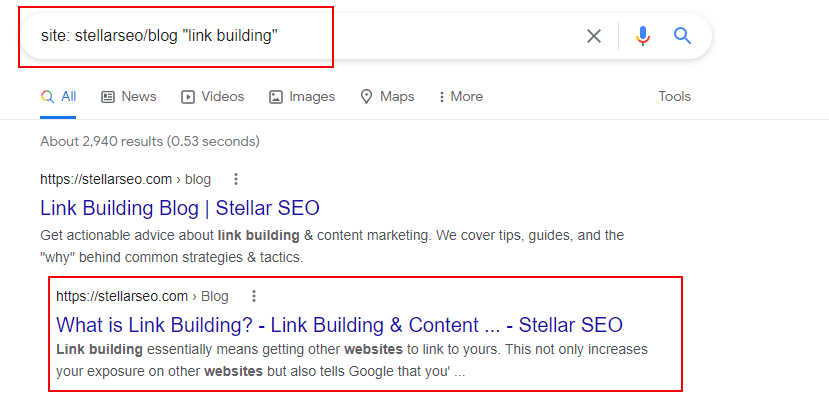
Your search will display pages of your website, as indexed by Google, that include the specific phrase you entered in the operator search.
As the above image shows, the phrase “link building” appears in a couple of the ranked blog posts.
You just have to search to see if any of those appearances of the phrase have been linked. If they are unlinked, then you can simply embed your new internal links there.
This approach is effective if you have a website with just a couple of pages for each related term.
But if you have a huge website that shows many results for your search, you have to prioritize and include only links from the most powerful pages.
To do this, you’d need a tool, and since we use it, Ahrefs SEO Toolbar is a great option for quickly discovering your power pages.
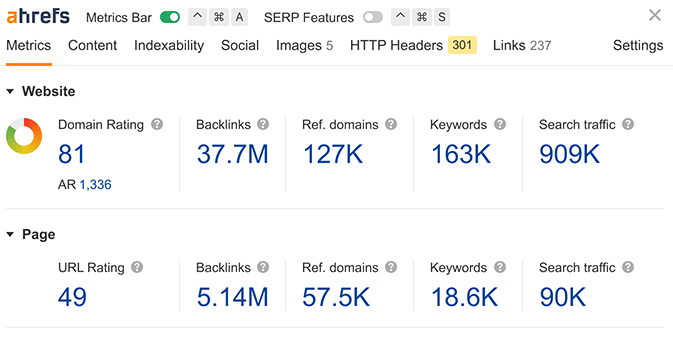
Do not Link Important Pages too Deep
When you find a page that drives high conversions and generates good revenue, you want to ensure that such pages receive adequate link juice from authority pages.
To do so, you have to check how deep the page is linked from the page with the highest page rank or authority.
For example, most of the time, the page with the most powerful link juice is your homepage.
So you have to check how deep the particular page that drives revenue and conversions is linked from.
How Deep is Too Deep in Internal Linking?
You don’t want it to be too much; a general rule of thumb is that there shouldn’t be more than three clicks from the homepage.
If it is more than 3, the Google crawler will probably identify that page as unimportant since it is linked that deeply.
You can use most tools with a site audit function to check for internal link depth. Some great options include SEMrush site audit, Ahrefs site audit, GTmetrix, and Google Search Console.
Include the Right Number of Internal Links
When you curate and craft new content, you want to add five or more internal links to your previous articles.
This is very crucial to your internal link-building process as it ultimately affects how search engines rank and view your content.
Every website has a freshness value that search engines, particularly Google, detect and use when ranking a page.
According to Google, links from new pages or websites retain their freshness.
So by linking old pages with a new link, you can increase the rank of those pages in the SERPs.
The idea is that website users who click through your internal links targeting old pages refresh the previous content, since it shows it is still relevant.

That said, avoid overstuffing your pages with internal links. Google crawler bots have a limitation of 150 links per page. If it exceeds this, they stop.
This means that when you stuff your page with internal links above the expected number, it can negatively affect your SEO.
So ensure you link appropriately, as this will help refresh your old content, but do not overdo it.
Dynamic vs. Static Menus: Impact on Crawlability
You can choose either JavaScript (dynamic) menus or hard-coded HTML (static) links. Static HTML links are preferred for SEO because they are easier for crawlers to parse instantly. Dynamic menus can sometimes hide links from bots if not coded correctly.
Boost the Pages that want to Rank Competitive Keywords with Power Pages.
Every page on your website has a search engine authority allocation, and you have to take advantage of it. To do this, you have to discover your power pages.
These pages have a high number of backlinks from authority websites, as well as the highest ratings. Using the Ahrefs Site Explorer, you can easily discover these pages.
To do so, navigate to Site Explorer – Input your website – choose Best by Links.
It will show you a list of link metrics that will help you discover relevant pages to which you can add internal links to ensure they get quality link juice.
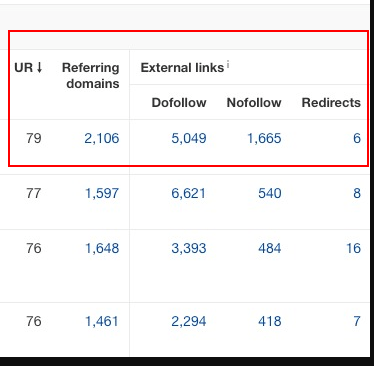
Now, this method is particularly useful when you have pages you want to rank for extremely difficult terms like “best chocolate”.
Here’s how to do it.
If you have a power page about chocolate with a large number of high-authority backlinks, you just need to link to the new page.
The new page looking to rank for the best chocolate will get the authority and backlink juice from your other page, boosting the ranking potential of your new content.
Fix Orphan Pages on your Site
An orphan page is one with no internal links.
You don’t want any page like this, as search engines might not find or index the page.
The exception is pages that have external backlinks or are submitted to Google via your site map. Even so, why not add internal links pointing to every page on your site to maximize link equity distribution?
So find orphan pages that lack internal links and add relevant ones. You can use ScreamingFrog to do this. The Ahrefs Site Audit tool can also discover orphan pages on your site.
Audit Current Internal Links
So far, all the internal link tips above will help you if you have a fresh website, but if you don’t, your structure will be a bit disorganized.
This means you need to audit your current internal links so they don’t ruin your efforts as you try to structure.
Broken Internal Links
When you run a site audit with any tool that includes this feature, the report you get should list every broken internal page on your website.
These links are harmful because they affect user conversion rates and deplete link equity.
It is counterintuitive to send a visitor to a particular page only for that page to be broken or show them an error.
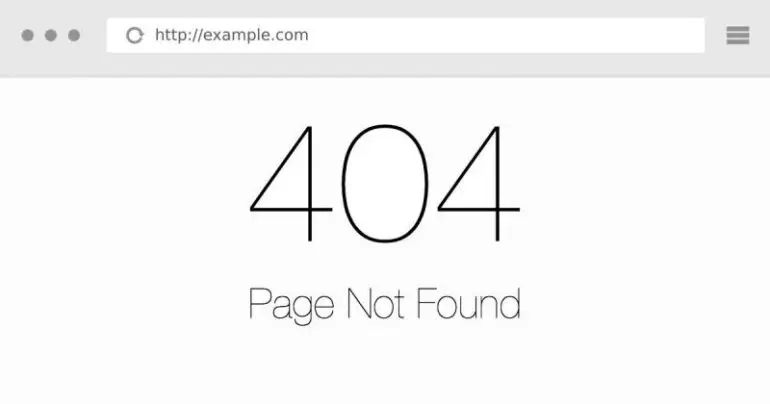
This would probably result in a bounce.
So to fix the problem, you can either redirect the broken internal link to a new, relevant link or check that the link was embedded correctly if the URL is still working.
Most tools with a site audit feature let you find the anchor text of the broken link and the specific internal link that is broken, so you can seamlessly discover and fix or delete them.
Common Mistakes That Diminish the Value of Internal Links
Developing ideal navigation links can be challenging, and many pitfalls can happen along the way. These are some of the most common mistakes that impact your SEO.
Inconsistent Menus: Even with a dynamic menu, everything should be in the same place on every page. This helps visitors navigate back to different pages without having to struggle to find what they need. Use a template or table so that every link is in the proper order.
Unordered Lists: Search engine crawlers will prioritize the top of the list, giving these pages greater link equity. The most essential elements of your website should always be displayed first. Otherwise, visitors won’t find what they’re looking for, and search engine crawlers may give higher link equity to less critical links.
Overwhelming Menus: simplicity is elegance, including SEO. Don’t include every page in your menu, and properly nest each page so that it’s clear which ones are most important.
Poor Code: Menus that jitter, can’t be clicked, or don’t load properly will make it impossible to navigate your website. Double-check all your code before launch day.
Poor User Experience: Your visitors want to find the information they need as quickly as possible, meaning they don’t want to sift through dozens of different links. Small text or a low-contrast design can frustrate users, leading to higher bounce rates.
Orphaned Pages: An orphaned page is not linked to any other pages. For example, you may have a pricing table that you haven’t included elsewhere, or forms for users to sign that you haven’t linked on a landing page. This requires visitors to know the link exists and navigate to it manually, making them less likely to do so. If your navigation links don’t work, visitors will become frustrated, while crawlers will be unable to index these pages or link them in the sitemap. If your URLs change, you must create a redirect at any location where the link is used.
Repetitive Link Text: Each navigation link should clearly indicate what visitors can expect to find on that page. Using the exact anchor text across multiple pages can confuse users, who then have to guess which page contains the correct information.
Frequently Asked Questions about Internal Links
Is Internal Link Building Important for Search Engine Crawling and Indexing?
Yes.
Search engines like Google and Bing use the internal link structure of your website to find your newly published content.
Below is a screenshot from a Google documentation that says the crawler bot needs internal links to know your new page exists to index it:
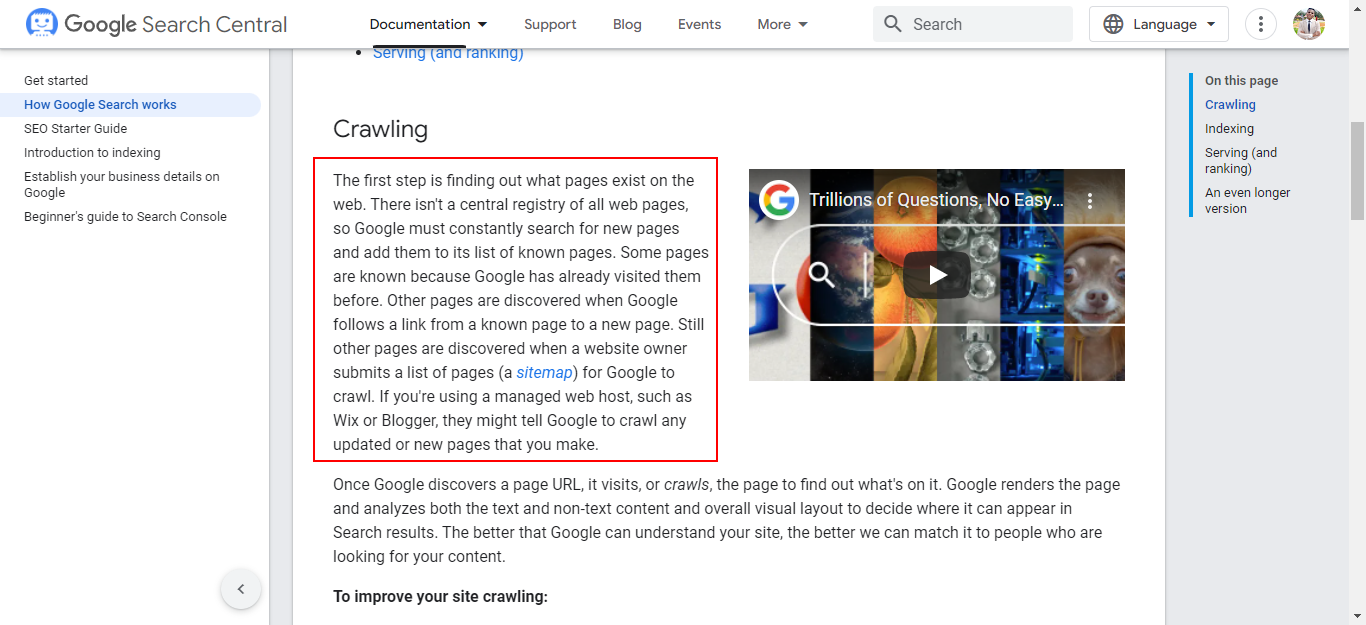
Here’s how it works.
You curate and craft new content. Then you add it to a new page.
But Google doesn’t know that the page exists. However, it is aware of other pages on your website.
So you need to inform the search engine that you have a new page ready to rank.
How do you inform the Google Crawler of a New Page?
You add internal links that point to your new page.
This assumes that your new page has no external backlinks and isn’t in the XML sitemap.
Since the goal is to inform Google about your new page, you need to ensure that the search engine crawler gets all the information it needs.
To do that, you have to adequately describe all internal links pointing to the page.
For instance, if your new page is about video marketing, then you would want to use a similar term for the anchor text to describe the link.
This way, the crawler bot knows what the page is about and what to rank it for.
Does the Quality of Internal Links Matter?
Just like with external backlinks, quality and quantity matter.
How Google ranks that particular page depends not just on the number but also on the quality of the internal links pointing to it.
It’s quite basic: the number and PageRank (quality) of internal links pointing to a particular page tell the Google algorithm how important that page is to the topic it covers. And the link anchors describe what the page is all about to Google.
Is Internal Link Building Important for User Conversion?
Again, yes.
Internal link building will help search engine users navigate through your website seamlessly.
When you add relevant internal links to your content, it’ll likely encourage your readers to click through for more information.
This helps to boost your website conversion rate.
However, for internal links to have a positive effect on users, your anchor texts must be relevant and accurate.
The idea is that, with internal links, you can keep website visitors on your domain longer. And improve their experience by hand-holding their navigation through your website.
Visitors won’t have to go to the homepage to find relevant content related to the page they landed on.
Instead, on the page, they’re shown all relevant content to aid their search.
How Many Internal Links Should I Add Per Page?
There’s no definite number, but the general rule of thumb is 3 to 5 links per 2000 words.
As we already mentioned, search engines will not crawl your page if it has over 150 links. So don’t go crazy with internal links.
Final Thoughts
At the start of this guide to internal link building, we mentioned that the process is simple but may appear complex to many.
However, as we have just seen, all that it involves is simply setting up a structure for your site based on hierarchy and ensuring that your internal links adhere to that structure.
The idea is that your pages with the most authority are at the head of your hierarchy pyramid, and other pages get a slice of their power.
Also, it isn’t all about search engine optimization; your users’ experience matters as well.
You want visitors to be comfortable enough to stay on your website. And the easiest way to ensure this is to make the journey as seamless as possible for them.
People rarely use a single source for research, so aiding their journey by providing additional relevant content can boost their experience, which ultimately affects conversions.
Finally, run a site audit if you don’t have a new site. This will help you discover the current problems with your internal links and fix them. Without this, every other step fails. If you are looking to boost your visibility and don’t have the time or desire to tackle link building, get in touch and learn how our custom link outreach services can help.













